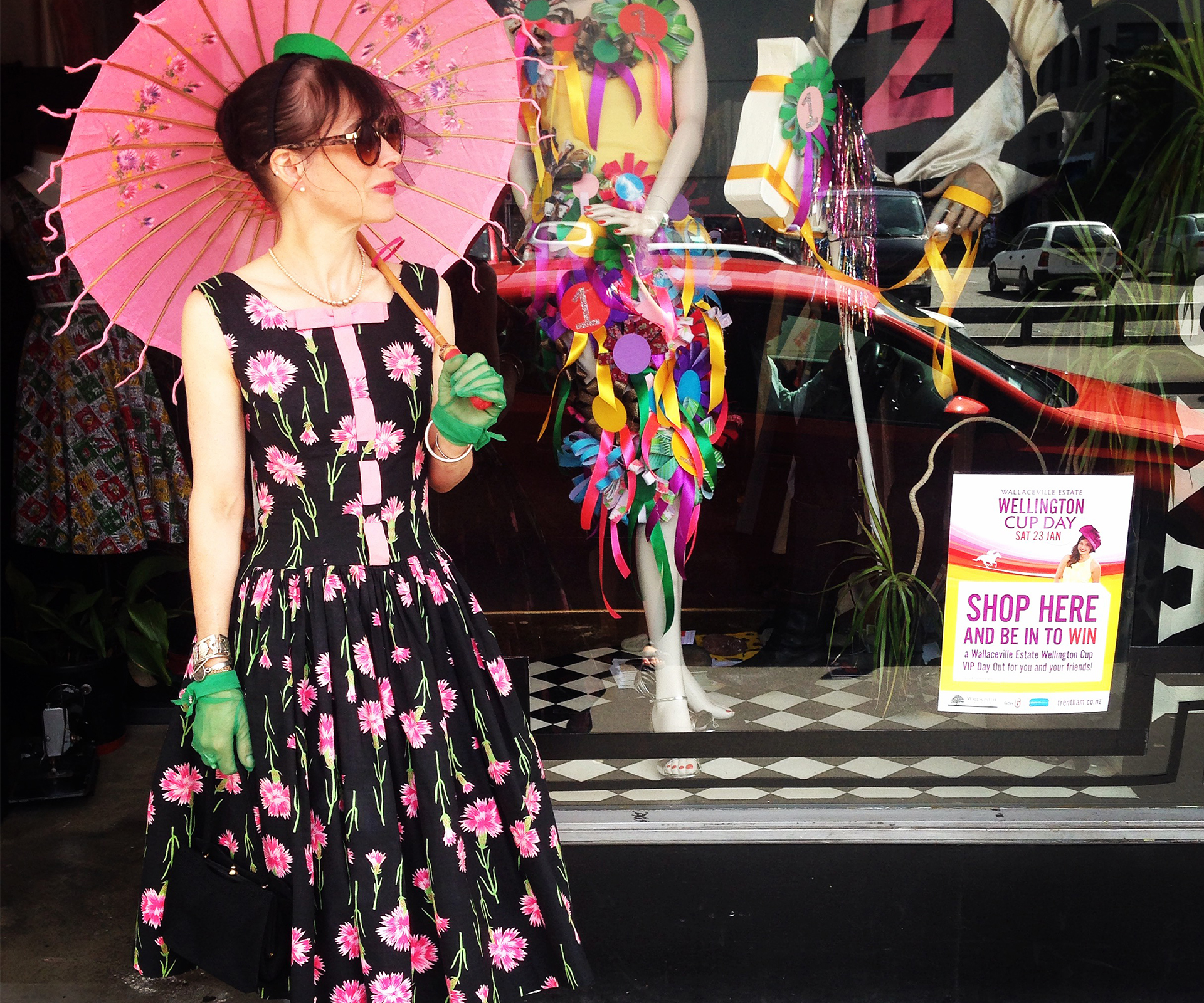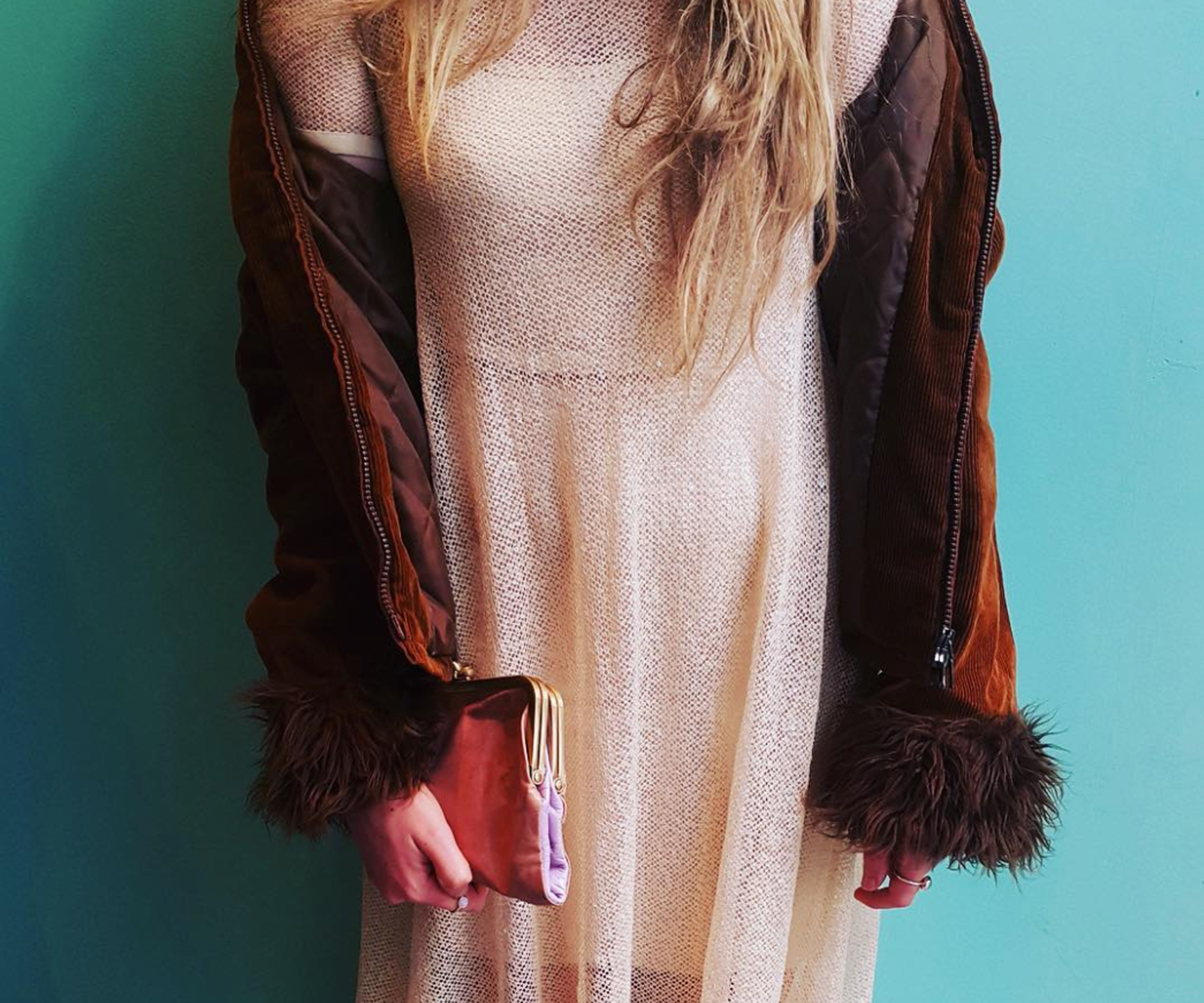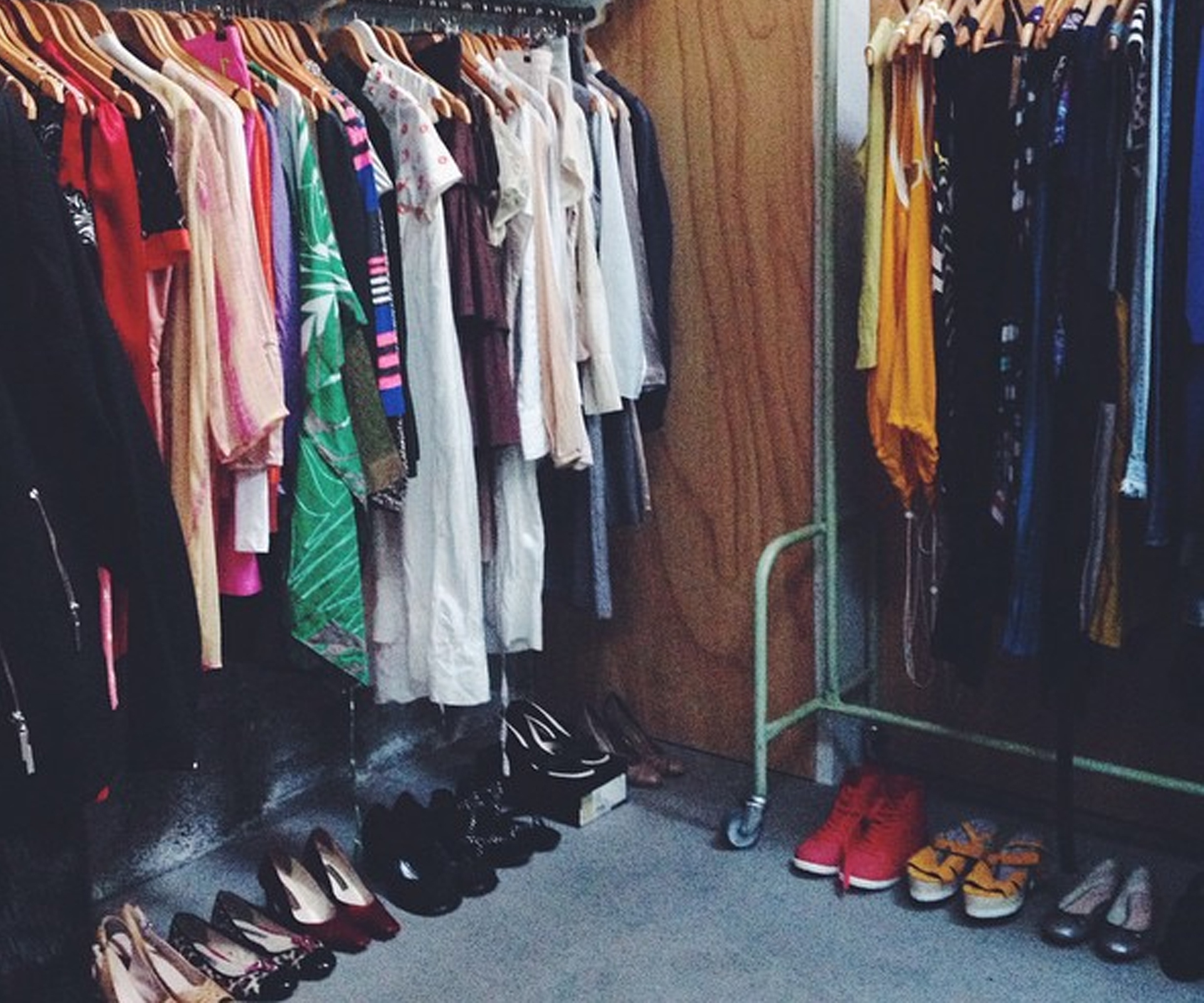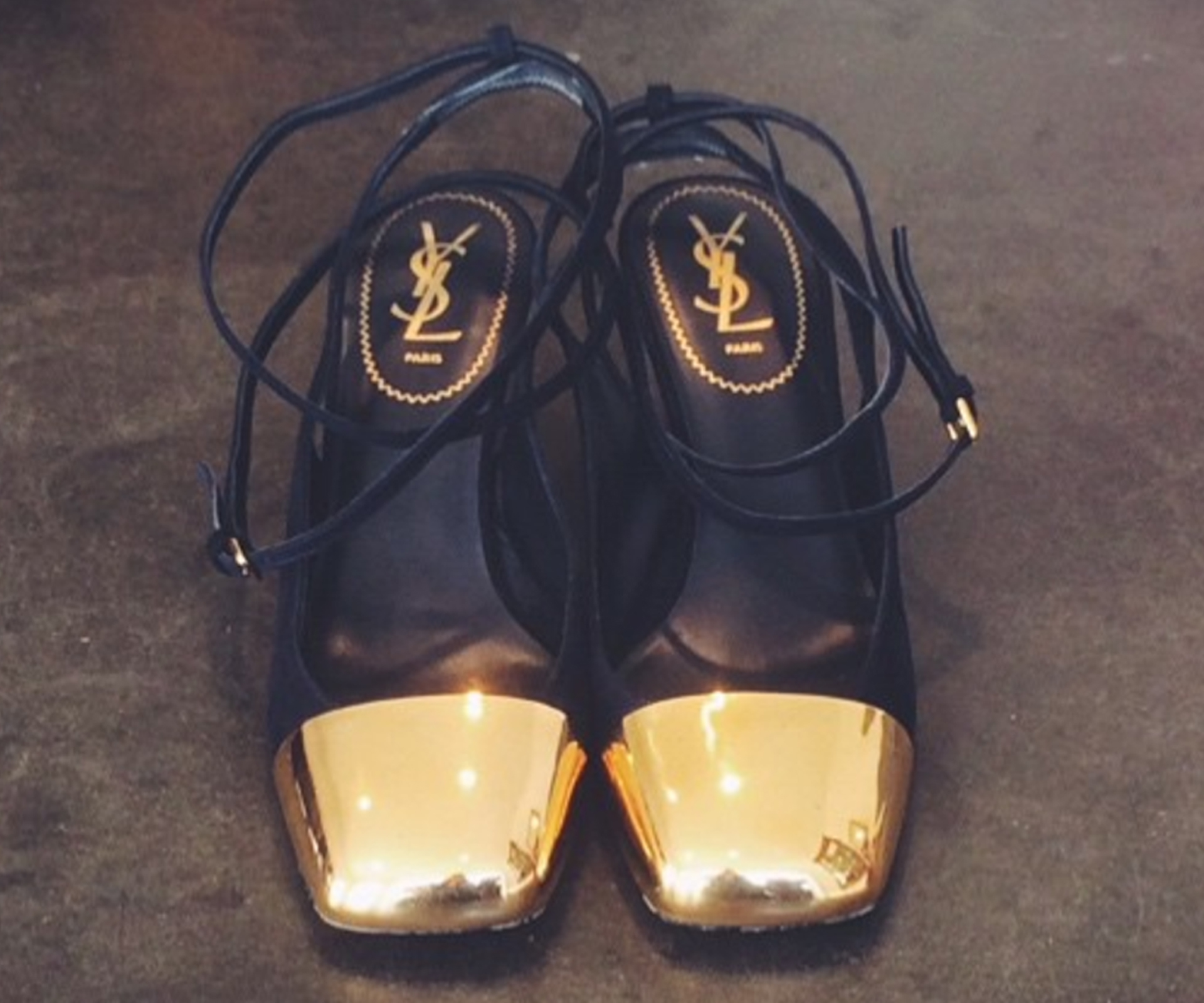As seasoned vintage shoppers will know, that ‘a-ha’ feeling you experience when you land on the perfect garment is a moment of pure joy. But even if you’ve been shopping second-hand for decades you may be missing a trick or two that is keeping you from checking-out the best garments in a shop.
Simply You asked some of the country’s leading store owners to share their tips on how to hunt out the best vintage pieces.
And because second-hand finds have such a strong sentimental value, we’ve also asked them how to ensure the items purchased remain wearable for many more years to come.
Kate Bryant, present custodian of Ziggurat

Give it a try
“My advise for shopping in general is try things on. Clothing is made for bodies not coat hangers!
“You cannot look at any item of clothing and know how it will fit, especially vintage, so be brave and try it on.
“Also, ask the retail assistant. They should know their stock and be able to help.
“So often the items of clothing I sell are not what the person thought they were looking for but once they have tried it on they love it – it’s how you feel in it that matters.”
Care instructions
“Generally keeping clothes in a dry place is best, though fur would prefer to be cool, as it is skin and will dry out.
“If you are buying true vintage it is worth looking after, there is no more 1920s, 1930s or 1940s clothing being made – they are precious, one off items and will become more collectible as time goes by.”
Aimee Egdell, founder and director of Tatty’s

What to look out for
“With true, pre-1970s vintage pieces fabrics can deteriorate. Look-out for crumbling leather and interior linings, as well as shrunken wool, brittle fur and age marks on silk.
“If buying retro or 1990’s pieces, my best advice is to turn the item inside-out for inspection.”
Care instructions
“Denim and leather love the sun and fresh air, but with all other fabrics store in a cool dark place.
“Washing on a cold delicate rinse and laying out flat to dry will keep your items fresh and ready to wear.”
Melaina Newport-Karaitiana, owner/operator of Aroha and Friends

Fall in love
“I think it’s important to firstly love how it looks and feels.
“It’s really important to consider and value all purchases. If you’re not into holes and stains have a really good inspection before you commit to the purchase.”
Care instructions
“Silk is delicate but I think it looks great with age, just don’t use harsh cleaners.
“Moths are a real issue for vintage shoppers. I’ve heard bundles of bay leaves work inside your cupboard, but I personally don’t know how to fix this issue other than with a vacuum pack.”
Anna Ronberg, fashion buyer at No16

Find your flare
“I think all shops and boutiques that sell recycled clothes have their own particular style, so you need to discover where is selling clothes that appeal to you and develop a relationship with the staff there.
“This way they can keep you in mind for when your dream piece might appear in store.”
Care instructions
“Many beautiful pieces need to be cared for in ways that are being quickly forgotten in this fast fashion age. My mother-in-law calls the skill ‘the dark art’.
“It means you need to know how to respect the workmanship of the person who made the piece; hand wash properly, spot clean, keep up with hand stitching small repairs, air garments and store correctly – with moth balls and acid free tissue.
“You need to get your shoes resoled before they’ve become a disaster at the heel and polish them to prolong their life.
“Try not to wear the same pair for more than a day at a time and if at all possible store them with a shoe tree or form to help keep their shape.
“Handbags are also best to be rotated – and what a great excuse to buy another bag.
“Please can I ask that you don’t overfill bags? It’s awful to see some gorgeous handbags being stuffed to the brim, slung onto the floor and not being cleaned with a bag polish occasionally.
“Again, when you’re not using the bag, store it in a dust bag.”
Marie Jephson, owner of Soup Fashion Recovery

Take your time
“Enlist the help of of the person manning the store, as you never know what’s out the back – second-hand stores get new things in every day.
“Vintage sellers are genuinely very passionate about stock so find a rapport with them to get their inside knowledge.
“Be adventurous and give it time. Even in your local hospice shop, you never know what you could find.”
Care instructions
“Moths are a seriously problem in Wellington where we are based.
“Preferably, you should hang your vintage in dry cleaning bags after being cleaned.
“Don’t fold sequin garments – they’ll never straighten if you do.
“Beaded items need special care, if you are unsure about this take them to an expert.”
Main photo: Laura Okita @papermothballvintage
For more, see this month’s Simply You magazine, visit our Facebook page, and follow us on Instagram.



